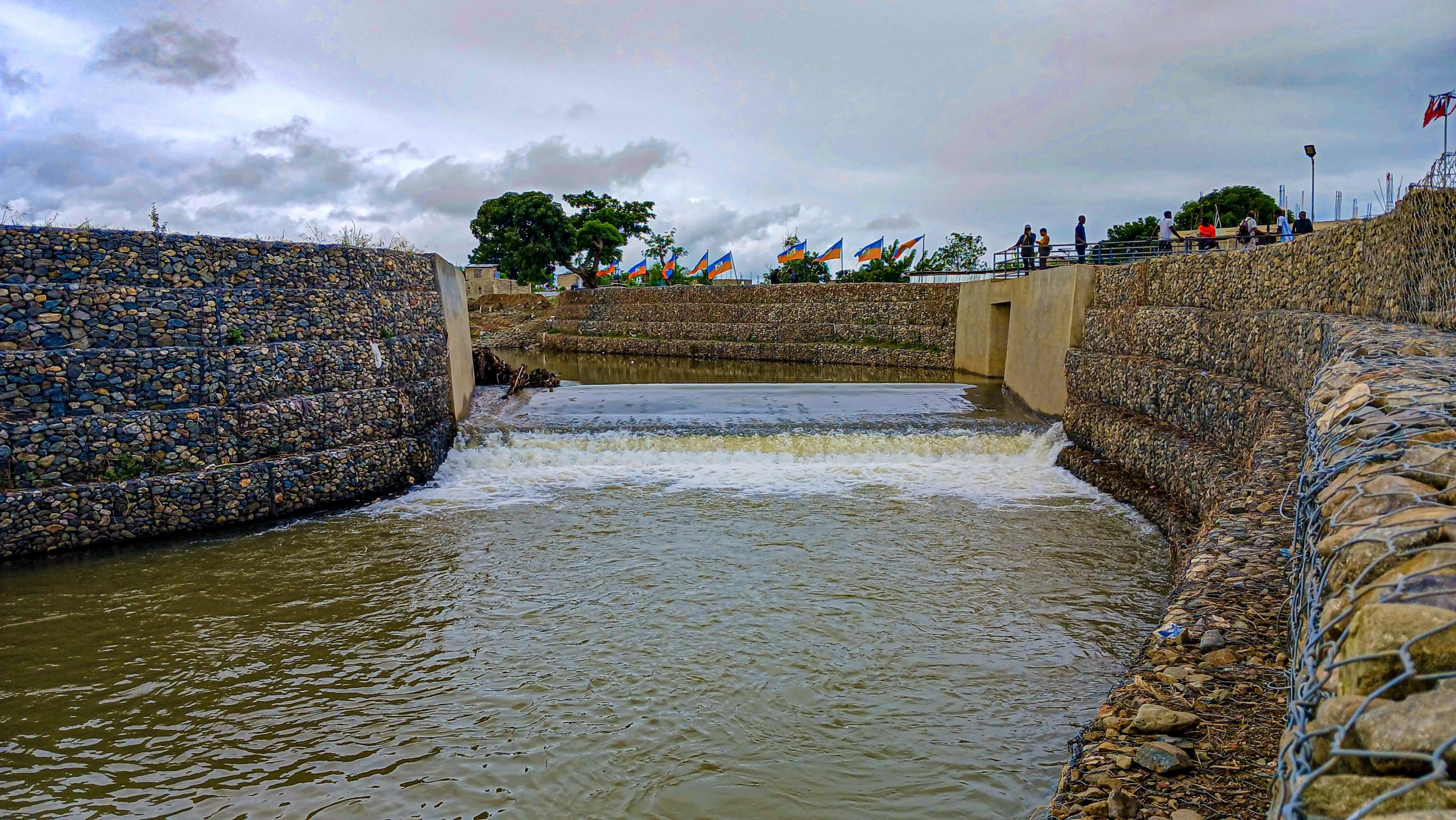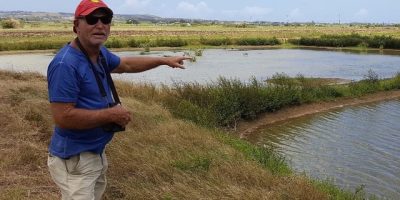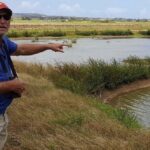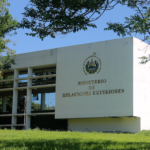Overview:
Work resumes on the Ouanaminthe’s Massacre River Canal after severe floods caused minor structural damage to the canal, underscoring the vulnerability of the infrastructure. Engineers are working swiftly to reinforce the river’s direction and prevent further disruption to the canal and the nearby communities that rely on it.
OUANAMINTHE—Three weeks of torrential rains in Haiti’s northeast caused minor damage to the Massacre River Canal, a vital resource for communities along the river bordering the Dominican Republic. The canal’s management committee quickly began repairs to strengthen the structure and prevent future floods.
“The final work on the protective structure isn’t finished yet, which has caused shifts in the ground that are slightly damaging the structure. That’s why repairs have started again,” said engineer Ewalco Francisque, who is part of the canal construction team.
The flooding has affected several localities in the northeast regions, notably in Ouanaminthe, inundated homes and ravaged farmlands causing minor damage to key infrastructures including part of the controversial Massacre River canal. Local engineers said the construction on the canal sustained minor damages prompting swift actions to strengthen the structure and protect it against future flooding.
“The final work on the protective structure isn’t finished yet, which has caused shifts in the ground that slightly damage the structure. That’s why repairs have started again.”
Engineer Ewalco Francisque is part of the canal construction team.
After more than 18 days of heavy rain, damage to the canal construction site was done when the river overflowed into areas where dredging was incomplete, causing the soil to erode in already unstable spots. The absence of vegetation along the riverbanks and with poor drainage, the damage worsened, engineer Francisque explained.
“What happened on the canal was predictable, I always insisted that the works be completed in the gabion area,” says engineer Loubens Jules, a resident engineer on the canal construction site.

Proactive measures to strengthen the canal structure
The management committee said they accelerated efforts to reinforce the canal with excavation work on the river bed. This fortification is aimed at redirecting water flow and reducing pressure during heavy rains. Dredging operations have also resumed to deepen the riverbed, mitigating overflow risks.
“These interventions will improve water flow and safeguard the canal’s structural integrity,” Francisque said. “By completing 60 meters of gabion upstream and 70 meters downstream, we aim to prevent future collapses.”
But Francisque acknowledged that completing 600 meters of gabion work on both sides of the Massacre River’s riverbank would be essential to mitigate future floods.
Local experts, like watershed planner Stanley Joazard, emphasize the need for broader environmental interventions as well.
“Without proper watershed management, standing water in floodplains will continue to cause damage,” Joazard said, urging authorities to implement reforestation initiatives and stricter construction regulations near the river.

The canal’s recent damage has fueled criticism from Dominican media and engineers. Dominican engineer Juan Nova claimed the flooding validated concerns about the resistance and the solidity of the canal’s infrastructure, calling it “an inevitable consequence.” Haitian officials dismissed these claims as propaganda.
“These reports are designed to undermine progress on a project vital to our agricultural and economic future,” said a management committee representative.

The Massacre River canal holds deep significance for Ouanaminthe’s residents symbolising their commitment to sovereignty and food autonomy. Initiated in April 2021, the project resumed in 2023 through local efforts and diaspora contributions. Located along the northern border of the Dominican Republic, the canal’s construction has a complex history that has reignited longstanding diplomatic tensions between Haiti and its neighbor.

Farmers in the region champion the canal’s importance as the waterway has provided much-needed irrigation for rice fields, increasing yields and improving food security in the region.
“Thanks to the canal, we’ve harvested tons of rice,” said a farmer near the project site. “It’s not just about water; it’s about hope and opportunity for our families.”


















